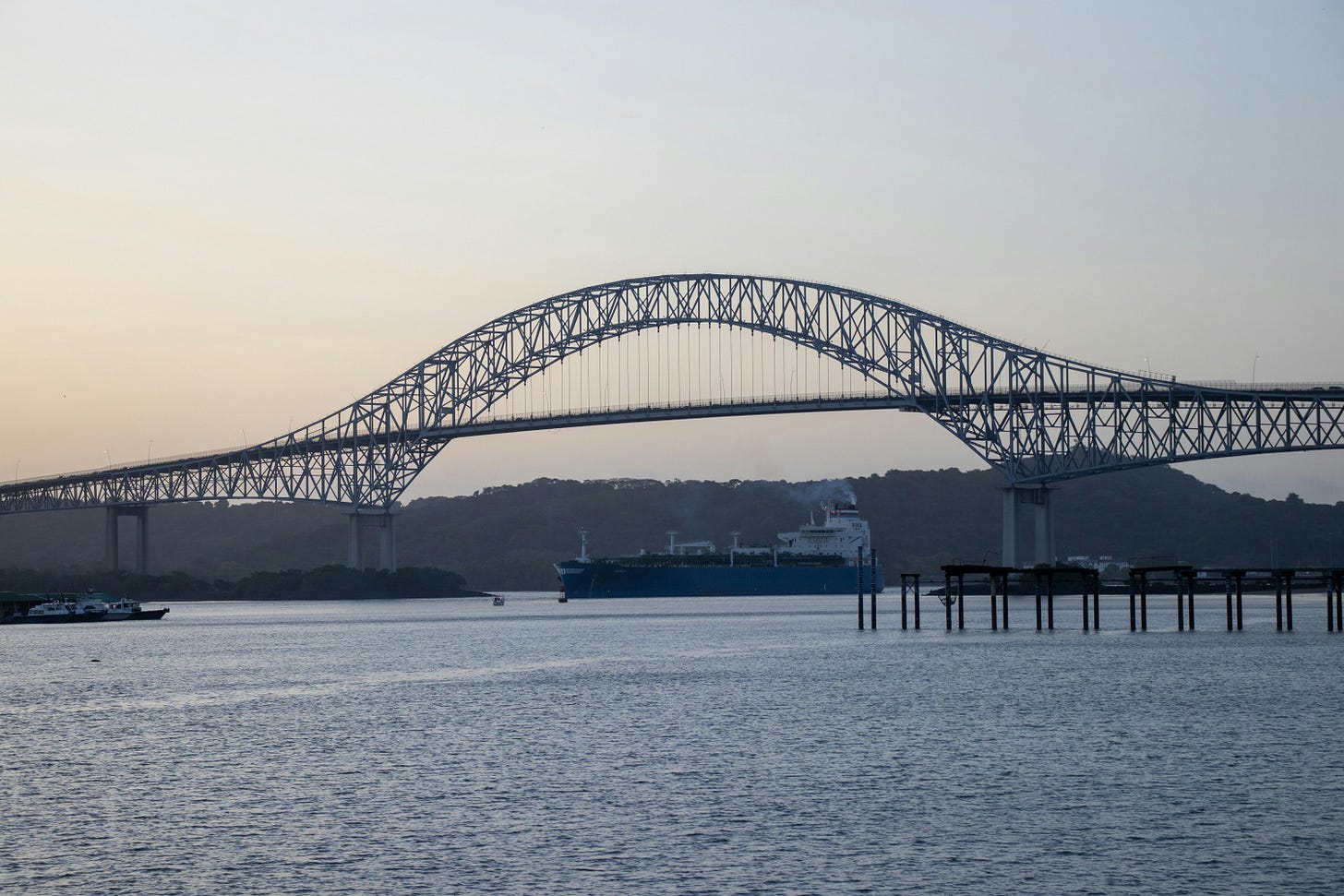Yes, Trump is serious about ALL of it.
My take on what’s behind the Trump Administration’s interest in Canada, Greenland, the Panama Canal, and more.
An NBC News story from January 9, 2025, quoted John Bolton, National Security Advisor from 2018-2019 until Trump fired him, said, “It would be wrong to look at Trump’s interest in acquiring foreign territory and conclude he is rolling out a new strategic vision for the United States.
“There is no philosophy behind Trump’s statements,” Bolton said. “There is no strategy. This is this week’s series of neuron flashes.”
Bolton either lacks the vision to see the big picture or is too bitter to appreciate Trump’s brilliant foreign policy strategy.
Legacy news outlets have also been touting the President’s notions as “trolling” or just making fun of various world leaders. But I don’t think so.
Over the next few weeks, I will be providing my take on what I believe to be the incoming administration’s foreign policy strategy to reestablish our national prominence on the world stage.
In short, here are my conclusions:
Why the Panama Canal? China
Why rename the Gulf of Mexico to the Gulf of America? Energy Production
Why acquire Greenland and annex Canada? NATO and China
The Panama Canal
The most obvious of these security moves relates to the Panama Canal.
This is a 51-mile man-made waterway using locks and reservoirs to cut through the middle of Panama and connect the Atlantic and Pacific. It spares ships the 7,000-mile journey to sail around Cape Horn at South America’s southern tip.
Given the history and current conditions, any legitimate President who serves the American people would recognize the threat and take immediate action.
The American Connection to the Canal
In 1881, the Colombian government (who ruled what is now known as Panama) awarded a contract to a French company to build a canal but was unable to finish it due to inadequate planning, lack of funding, and disease ravaging the workers.
By 1902, the U.S. Congress purchased the French canal company and allocated funding for construction.
This caused friction with the Colombian government. On November 18, 1903, the United States negotiated the Hay-Bunau-Varilla treaty to assist Panama in declaring its independence from Colombia.
As a result, Panama received $10 million and an annuity of $250,000 starting nine years later in exchange for the right of the United States to control and operate the canal. The Panama Canal opened on August 15, 1914.
But, over the next seven decades, Panama relentlessly extorted the United States with growing demands. Combined with a growing interest in the American government prioritizing global unity over national security, the Carter Administration gave away the canal amid pressure.
On September 7, 1977, President Carter signed a neutrality treaty with Panama, which turned over control to Panama BUT gave the United States the right to use military force, if necessary, to keep the canal open.
China’s Expanding Influence
President Trump’s concerns about China’s influence in the region are valid. Chinese companies now operate ports at both ends of the canal even though the United States is the primary user of the canal and, according to the U.S. Department of State:
“The United States provides more foreign direct investment in Panama than any other country, with a total direct investment of $3.8 billion in 2022.”
Moreover, transit fees have surged in recent years, increasing the burden on U.S. taxpayers even though Panama, as part of the treaty, committed to two things:
Control transit fees. Ensuring that tolls and charges would remain “just, reasonable, equitable, and consistent with international law.”
Ensure permanent neutrality. Both parties agreed to maintain neutrality to guarantee access to military vessels.
It’s fair to conclude that Panama is weakening in its resolve to keep its end of the bargain. China—through its Belt and Road Initiative strategy—has targeted key infrastructure across the world in order to strategically and economically control much of the world’s resources.
The Wrap-Up
So, what would happen if Trump made good on his promise to impose a 25% tariff on Chinese exports if they refused to crack down on fentanyl trafficking? Could China seal off the Panama Canal in an effort to cripple the U.S. economy? Of course, they could and would.
Next week, we’ll address why the United States needs to exit NATO immediately and how Canada and Greenland are part of the strategy to not only leave NATO but also dissolve it.





I love it Amy , the battle will get intense. But our GOD will lift up a standard against it. They that win souls is wise , and capture them for eternity ☝️